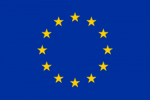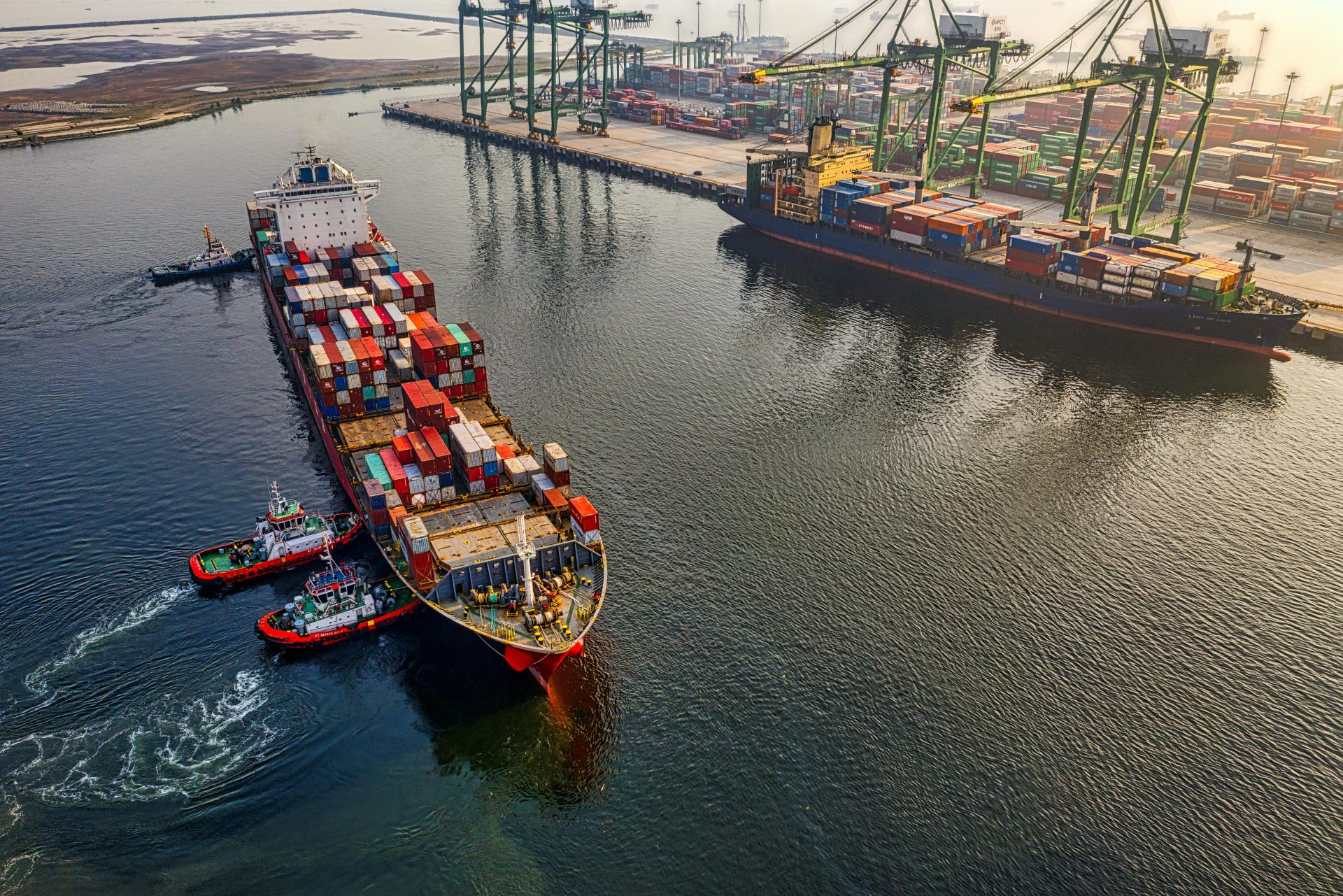“We are generating a new device to better understand and measure marine corrosion in port structures made of concrete”
We develop advanced technologies to improve the resilience, sustainability and security of European ports in the face of climate-related challenges
TECNALIA is working on the development of innovative solutions to increase the operational availability of port infrastructures during extreme events in conjunction with the ports of Rotterdam, Hamburg, Antwerp-Bruges and Constance.
As part of the CLARION initiative, we support modal shifts towards low-emission transport systems and reduce accidents caused by climate-related disturbances. We will carry out pilots to test and implement advanced technologies and strategies to improve the resilience and sustainability of ports.
Furthermore, we will generate an ecosystem of open innovation to foster collaboration between ports internationally in terms of sustainability and climate resilience.
Measurement of marine corrosion and forecast of air quality and weather
As part of this initiative, we are developing a new device to better understand and measure marine corrosion in harbour structures made of concrete.
- An AI-based air quality and weather forecasting system that aims to integrate decision-making systems within the ports' digital twins through low-cost monitoring networks for real-time control.
- A sensor data quality module to evaluate and manage sensor data in real time to ensure reliability and to optimise the performance of digital twins and decision-making systems.
- Furthermore, TECNALIA contributes to the project with an ontology for interoperability between heterogeneous data sources within the digital twin.
Adaptation to climate change
Today, the physical risks of climate change are increasingly affecting port infrastructures and assets. One of the objectives of forward-looking port planning is to ensure the safest and most reliable accessibility of ports. For this reason, the ability to adapt to environmental conditions, such as climate change or extreme weather conditions, is highly relevant in this context.

This project has received funding from the European Union’s Horizon Europe research and innovation programme under Grant Agreement 101147041.
Views and opinions expressed are however those of the author(s) only and do not necessarily reflect those of the European Union (EU) or the European Climate, Infrastructure and Environment Executive Agency (CINEA). Neither the EU nor CINEA can be held responsible for them.

